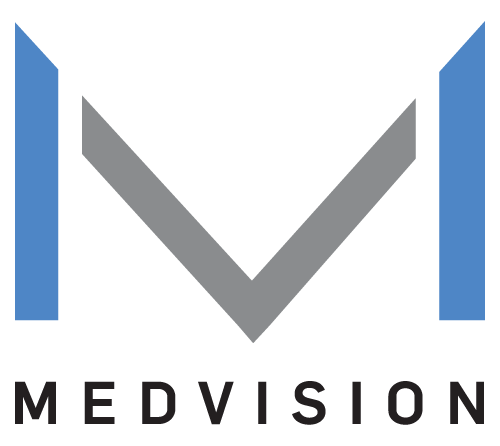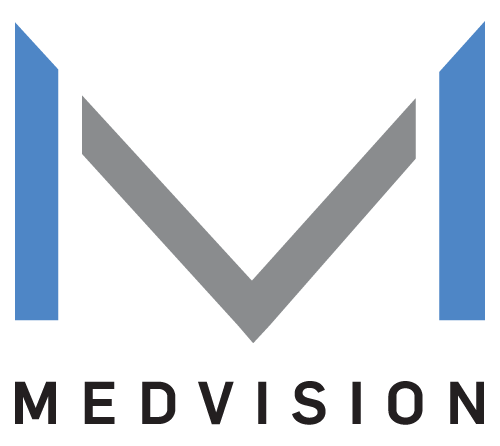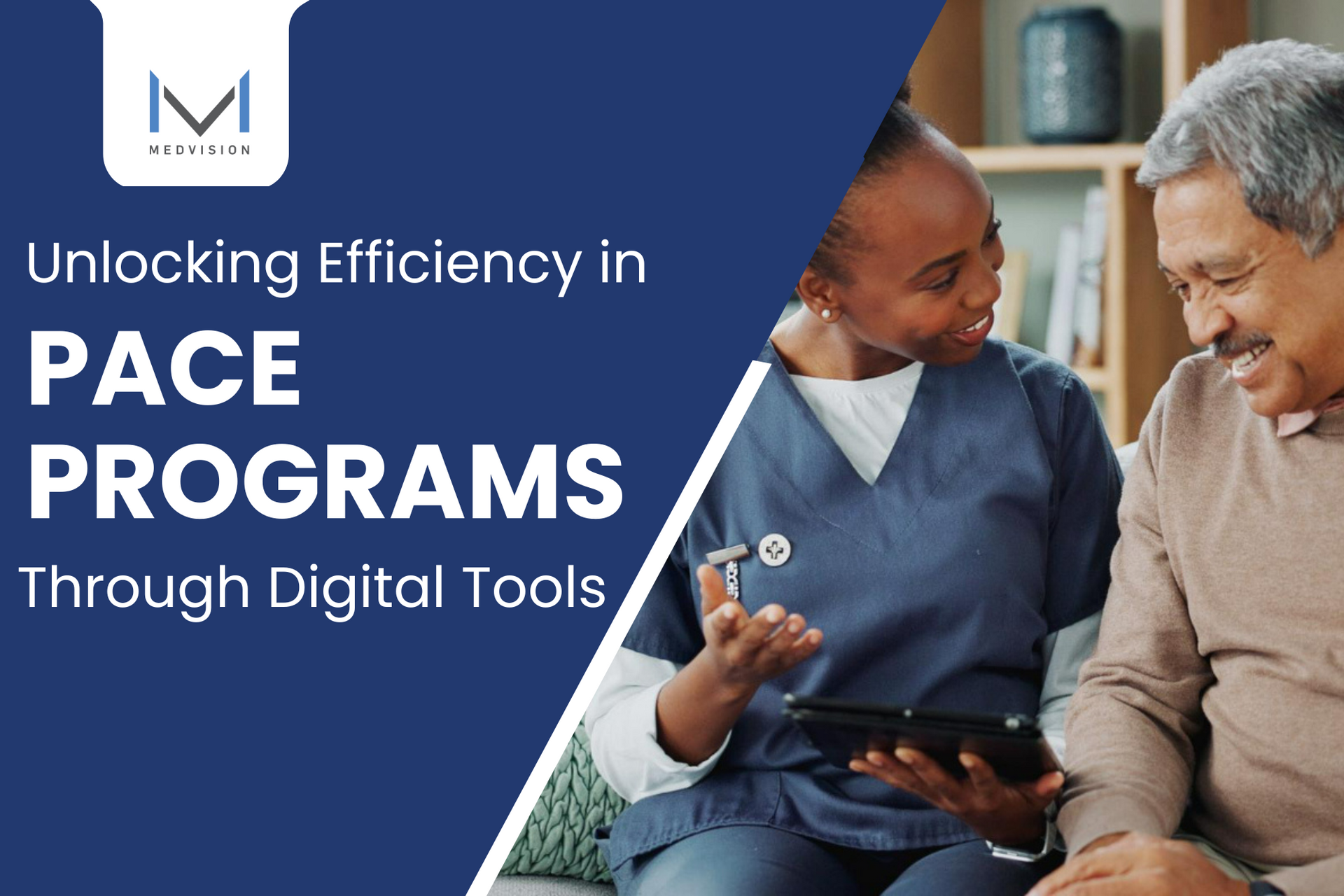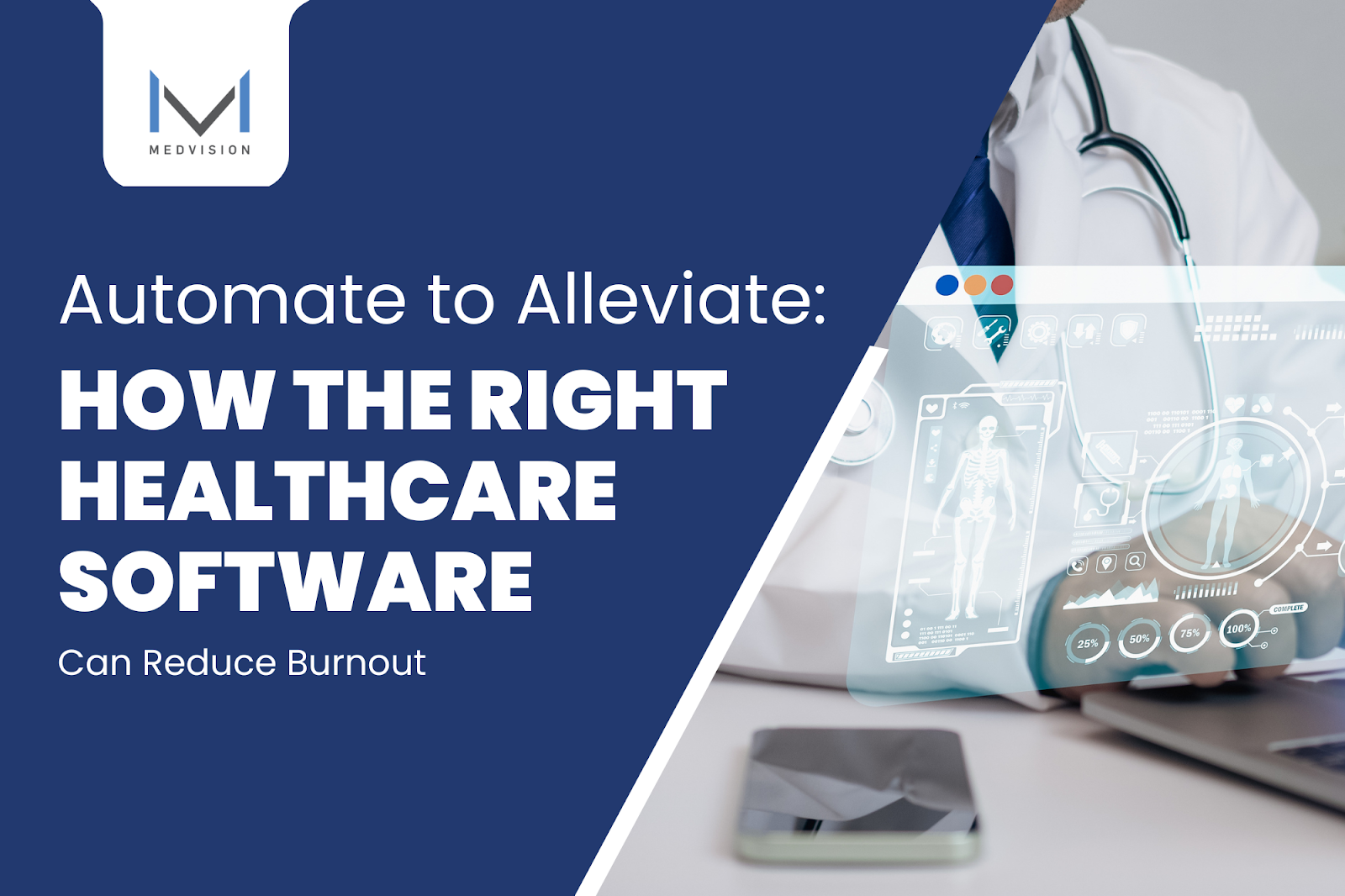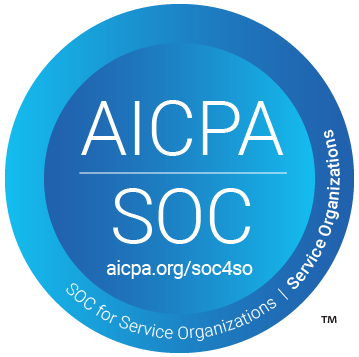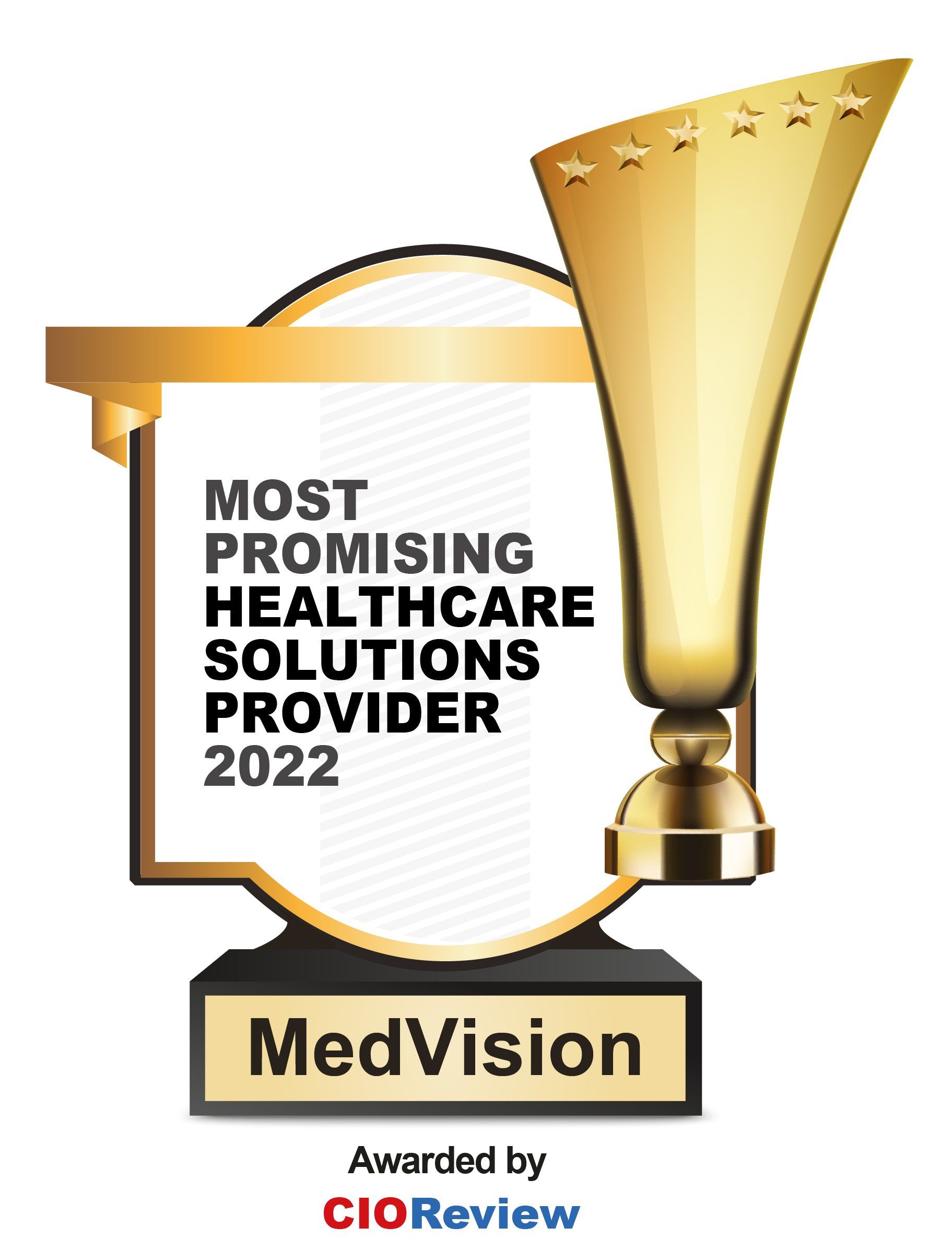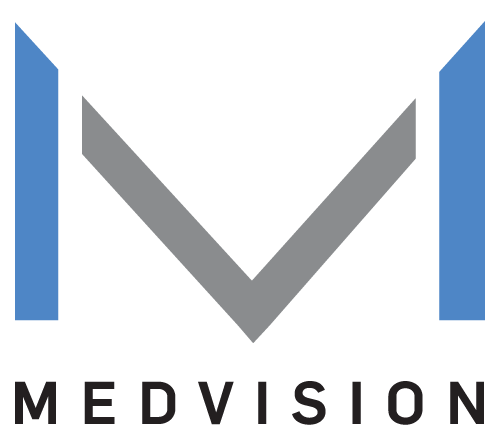Why Data Transparency is Key for Risk-Bearing Organizations
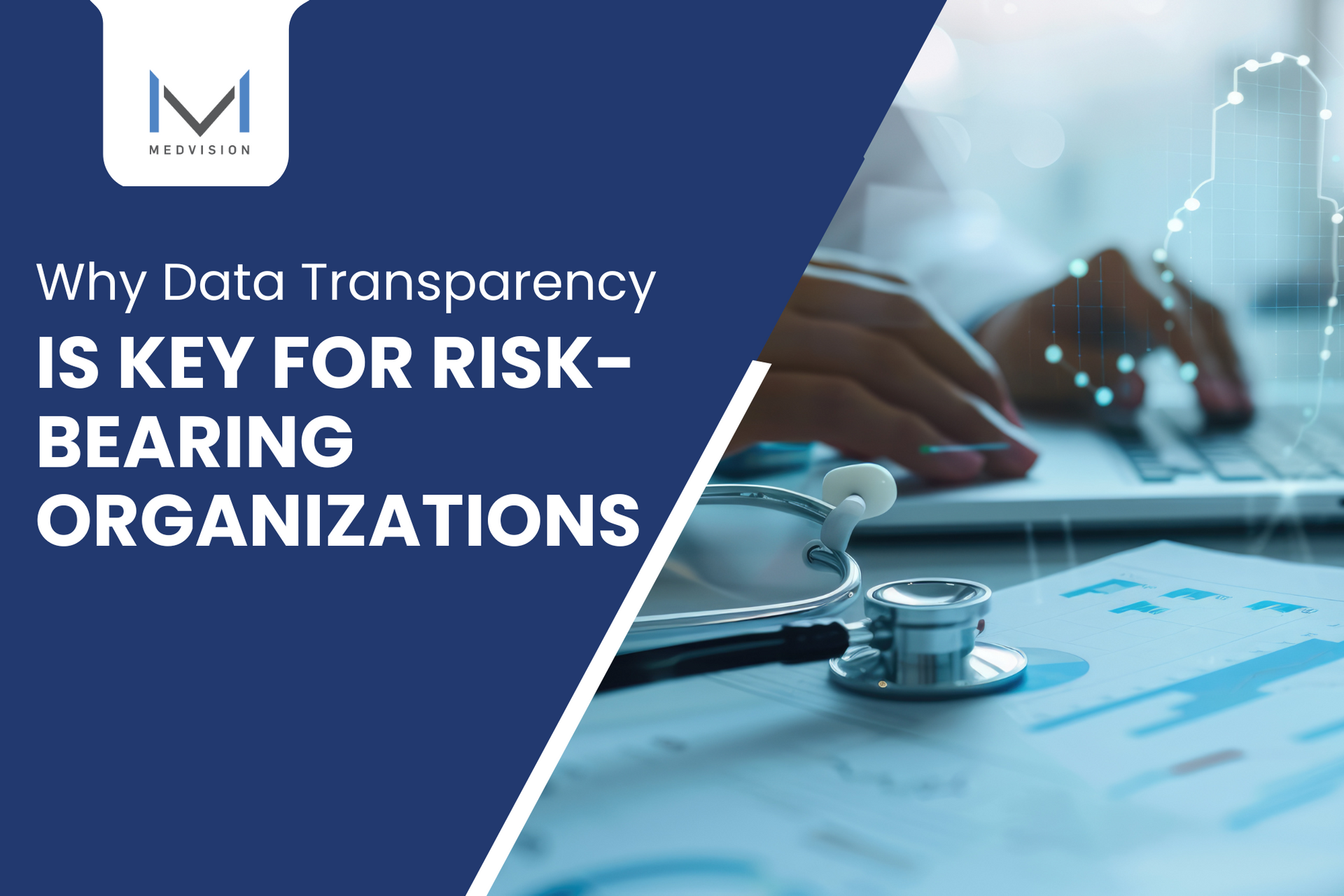
"Information is the oil of the 21st century"
-Peter Sondergaard
In an age where healthcare operations are increasingly tied to financial performance, information has become a gold mine for making critical decisions. For risk-bearing organizations (RBOs), the ability to harness and capitalize information effectively can mean the difference between success and failure in a competitive landscape.
RBOs assume financial responsibility for the care costs, often balancing quality with cost efficiency. This makes data a critical asset, guiding decision-making processes and empowering RBOs to identify trends, allocate resources wisely, and ultimately improve patient outcomes.
However, the mere existence of data is insufficient; it must be
accessible,
understandable, and
actionable. This is when data transparency becomes a crucial factor in achieving better overall results.
By embracing data transparency through innovative platforms like
QuickCap, RBOs can not only navigate current challenges but also position themselves for long-term success in an evolving healthcare landscape.
Take Control of Your Data with the Right Tools
The Role of Data in Risk-Bearing Organizations
Data is at the heart of every decision made by RBOs. Without accurate and accessible data, these organizations face challenges in managing financial risk and ensuring patient care.
At its core, data empowers RBOs to:
- Manage risk effectively
- Control costs
- Improve patient outcomes
- Enhance operational efficiency
The types of data relevant to RBOs are diverse and multifaceted. They include:
- Claims data: Offers insights into utilization patterns, cost trends, and provider performance
- Clinical data: Provides a detailed view of patient health status, treatment efficacy, and care gaps
- Financial data: Enables tracking of revenue, expenses, and overall financial health
- Patient-reported data: Offers valuable perspectives on patient satisfaction and quality of life
- Social determinants of health data: Helps in understanding non-clinical factors affecting health outcomes
However, the true power of data lies not just in its collection but in its integration, typically involving:
- Payer data: Includes claims history, member demographics, and benefit information
- Provider data: Encompasses clinical notes, lab results, and treatment plans
- Pharmacy data: Offers insights into medication adherence and prescription patterns
- Community partner data: Provides context on social services and support systems
Benefits of Data Transparency
Data transparency in healthcare is not merely about making data available; it's about ensuring that the right information reaches the right people at the right time in an easily understandable and actionable format. This can yield significant benefits, including:
- Enhanced Decision-Making
- Provides a comprehensive view of operations, enabling informed strategic choices
- Allows for real-time adjustments in care management strategies
- Facilitates evidence-based policy-making and resource allocation
- Improved Care Coordination
- Enables seamless information sharing among care team members
- Reduces duplication of services and minimizes gaps in care
- Supports more effective care transitions and follow-ups
- Better Risk Management
- Enables more precise risk stratification of patient populations
- Enables proactive identification of high-risk individuals for targeted interventions
- Supports more precise financial forecasting and risk adjustment
- Increased Operational Efficiency
- Streamlines workflows by reducing information silos
- Facilitates faster problem identification and resolution
- Enables more effective performance monitoring and benchmarking
- Enhanced Stakeholder Trust
- Fosters a culture of openness and accountability
- Improves relationships with payers, providers, and patients
- Supports compliance with regulatory requirements and quality reporting
For RBOs, the importance of data transparency cannot be overstated. It enables them to:
- Identify and address inefficiencies in care delivery
- Align incentives across the care continuum
- Drive quality improvement initiatives based on comprehensive insights
- Make more accurate financial projections and budget allocations
- Foster innovation in care models and payment structures
Challenges of Achieving Data Transparency
While the benefits of data transparency are clear, the path to achieving it is often fraught with challenges.
- Data Silos and Integration Issues
- Data from multiple healthcare organizations is often stored in disparate systems.
- Integrating data from various sources (EHRs, claims systems, labs) can be technically complex.
- Lack of standardization in data formats and definitions hinders seamless integration.
- Data Quality and Accuracy Concerns
- Inconsistent or incomplete data entry can lead to unreliable insights.
- Real-time data updates are challenging, potentially leading to decisions based on outdated information.
- Ensuring data accuracy across large volumes of information is resource-intensive.
- Privacy and Security Considerations
- Strict regulations like HIPAA require robust security measures.
- Balancing data accessibility with patient privacy protection is a delicate task.
- Increased data sharing amplifies the risk of data breaches and unauthorized access.
- Technological Infrastructure Limitations
- Legacy systems may not support modern data transparency requirements.
- Adopting new technologies can incur significant costs and require considerable time.
- Achieving interoperability between various systems and platforms is complex.
- Organizational Culture and Resistance to Change
- Some stakeholders may be reluctant to share data due to competitive concerns.
- Changing established workflows to accommodate new data practices can face resistance.
- Building a culture of transparency requires significant organizational change management.
- Data Literacy and Interpretation Challenges
- Not all stakeholders may have the skills to interpret complex healthcare data.
- Misunderstanding data can lead to erroneous decisions or actions.
- Presenting data in a clear, actionable format for diverse audiences is challenging.
- Cost and Resource Constraints
- Implementing robust data transparency systems requires significant financial investment.
- Ongoing maintenance and updates of data management systems can strain resources.
- Training staff to effectively use and interpret data adds to operational costs.
Best Practices for Implementing Data Transparency
Successful implementation of data transparency involves a holistic approach encompassing people, processes, and tools. Here are some best practices for RBOs looking to enhance their data transparency:
- Develop a Comprehensive Data Strategy
- Define clear objectives for data transparency initiatives
- Align data strategy with overall organizational goals
- Invest in Robust Data Infrastructure
- Implement scalable data storage and processing solutions
- Ensure systems can handle real-time data updates
- Prioritize Data Quality and Governance
- Establish clear data standards and definitions across the organization
- Implement rigorous data validation and cleansing processes
- Foster a Culture of Transparency
- Educate staff on the importance of data transparency
- Encourage data-driven decision-making at all levels
- Ensure Strong Data Security and Privacy Measures
- Implement robust cybersecurity protocols
- Conduct regular security audits and risk management practices
- Leverage Advanced Analytics and Visualization Tools
- Invest in user-friendly analytics platforms
- Develop dashboards tailored to different stakeholder needs
- Consider using AI and machine learning for predictive insights
- Implement Continuous Monitoring and Improvement
- Regularly assess the effectiveness of data transparency initiatives
- Solicit feedback from users and stakeholders
The Future of Healthcare Starts with Transparent, Actionable Data

Finding the right tools to turn this vision into reality is challenging for organizations like yours. This is where MedVision comes in.
Your organization can gain the clarity it needs to drive forward with QuickCap, a comprehensive solution with a
value-based care model designed to simplify data integration and promote seamless communication. QuickCap empowers you to:
- Gain real-time insights to make proactive decisions and reduce risks.
- Streamline data exchange between healthcare administration programs, ensuring everyone can access the same information.
- Enhance financial performance by identifying inefficiencies and controlling costs.
- Improve care coordination by guaranteeing access to up-to-date patient information.
- Ensure compliance with data security and privacy regulations.
Embrace the power of data transparency today—because, with the right tools, you can meet today's challenges and take advantage of tomorrow's possibilities.
Improve Your Risk-Bearing Strategies
Recently published articles
Keep in touch
Subscribe to get the latest update
Trending topics
Share your insights on social media
Upcoming events and company news
